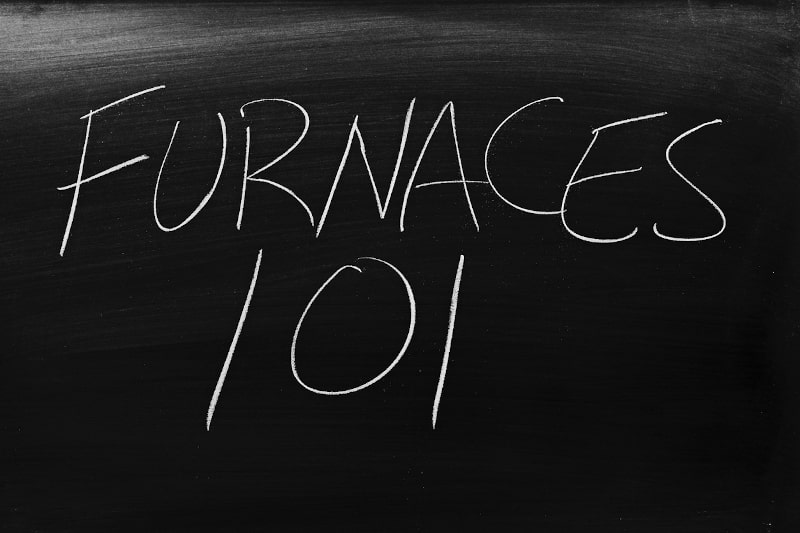A little over a century ago, homes received heat from burning wood or coal. Thanks to many heating advancements, people can now use more energy-efficient fuels like electricity and gas. Here’s what you need to know about the evolution of residential furnaces in Berlin, MD.
Utilizing Wood and Coal
Staying warm through the cold winter months has historically been challenging for humankind. Before there were furnaces, people huddled around open fires. Over time, families began using wood-burning fireplaces to heat the household.
The origins of today’s home heating date back centuries, but a significant advancement occurred in 1742 when the American inventor Benjamin Franklin designed the free-standing iron fireplace. The adjustable controls allowed users to change how much air flowed into the box. Cast iron was the best material choice as it could radiate more heat more efficiently, requiring much less wood over time.
These stoves were one of the century’s most substantial home heating upgrades. The majority of households utilized this form of heat well into the 1800s. By the end of the nineteenth century, wood was replaced by more efficient coal.
David Lennox, another American inventor and businessman, created the first warm-air central heating system in 1885. Earlier systems had a coal-burning boiler that heated water into steam before pushing it through radiators. Lennox’s new heater utilized a coal furnace on a lower floor, allowing the heat to rise naturally through the home via the ducts.
Gas/Electricity Advancements
At the turn of the century, gas and electricity replaced coal as a preferred heating system power source. Inventor Alice Parker found current heating designs weren’t enough to keep her New Jersey home comfortable, so she created the first natural gas heating system.
Her system had individual ducts that distributed heat more evenly than ever before. Her unique invention also opened the door for zone heating, where households could moderate the temperature in different rooms and areas.
While this preliminary model had a few downsides, it decreased the risk of house fires and opened the door for advancements like thermostats. Scientists improved Parker’s invention only a few decades later by adding forced-air heaters, electric fans, and more efficient ductwork. Her patented natural gas heating system paved the way for today’s models.
Modern Heating Systems
Natural gas is the most commonly used fuel in home heating in the United States. It’s considered one of the safest, cleanest, and most efficient fuel types. Other popular options include electricity, oil, and propane.
Today’s furnaces are typically categorized into forced air, forced draft, natural draft, and condensing. Natural draft is one of the older options and relies on the principle that warm air rises. These preliminary, simple systems are mostly out of use today.
A forced-air heating system utilizes blowers to push the created heat around the home. Forced draft systems have strong steel heat exchangers and multi-speed blower fans. These heaters are much more compact than previous options and boast decent efficiency ratings.
A condensing furnace is one of the most recent advancements in home heating technology. These high-efficiency systems can achieve annual fuel utilization efficiency ratings of up to 98%. Their second internal heat exchanger makes it possible for them to limit any energy wastefulness.
While they work similarly to other modern forced-air or forced-draft systems, the second heat exchanger can pull additional heat from the spent exhaust. As it pulls out this warmth, the exhaust converts into water vapor that drains through a PVC pipe. High-efficiency systems can last longer than traditional systems, saving you from having to pay for a premature replacement.
Average residential heating systems today have lifespans between 15 to 30 years. This varies depending on your climate, annual usage, professional maintenance schedule and model. Further modern advancements have also enabled features like the potential for smart connectivity and complementary air purification installation.
In recent decades, we’ve seen tremendous strides in furnace technology, which improved your furnace’s efficiency, safety, and output. You can count on your current modern heating system to reliably protect your home and your comfort no matter the temperature outside. Call the skilled experts at Griffith Energy Services, Inc. to learn more about our heating installation services




